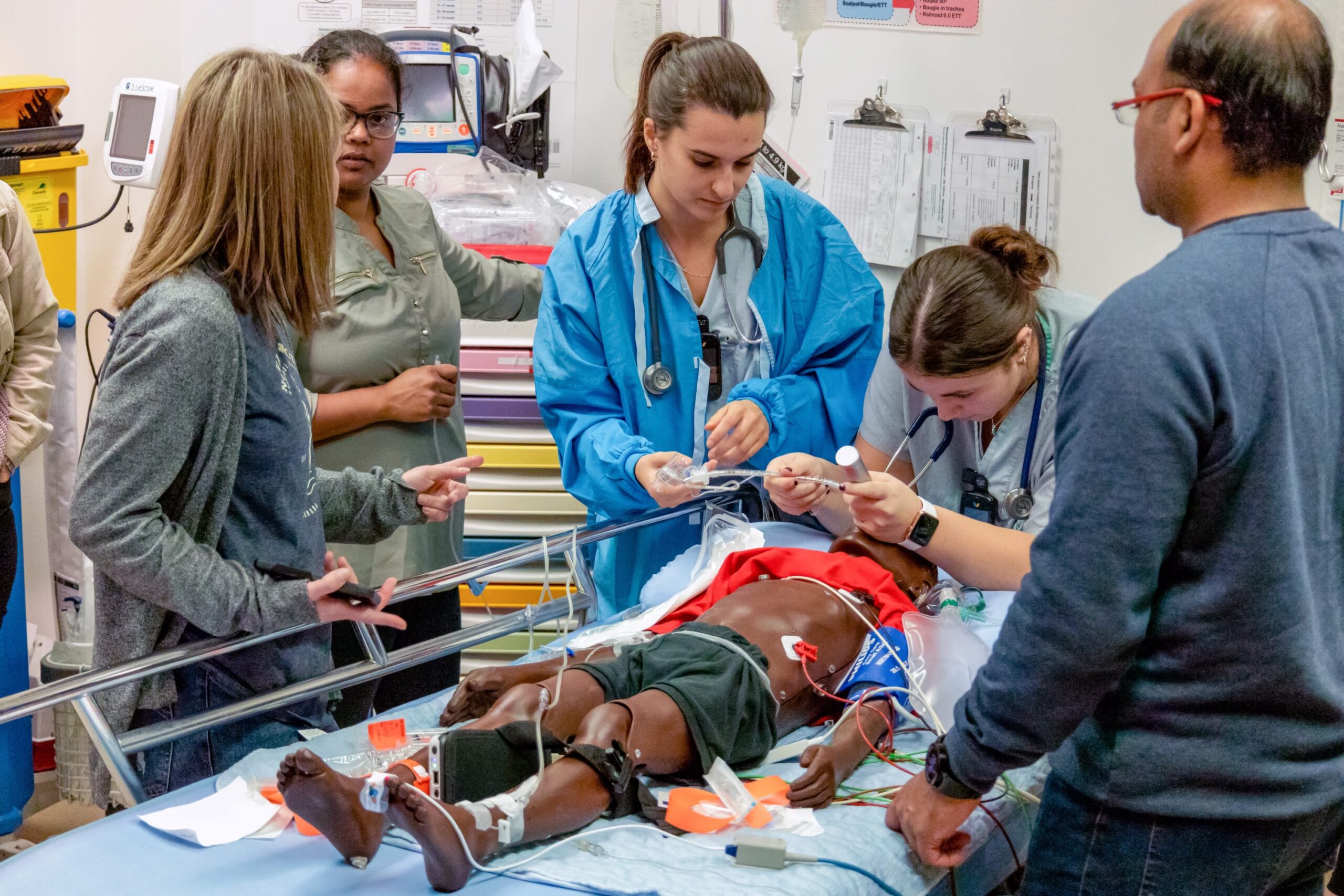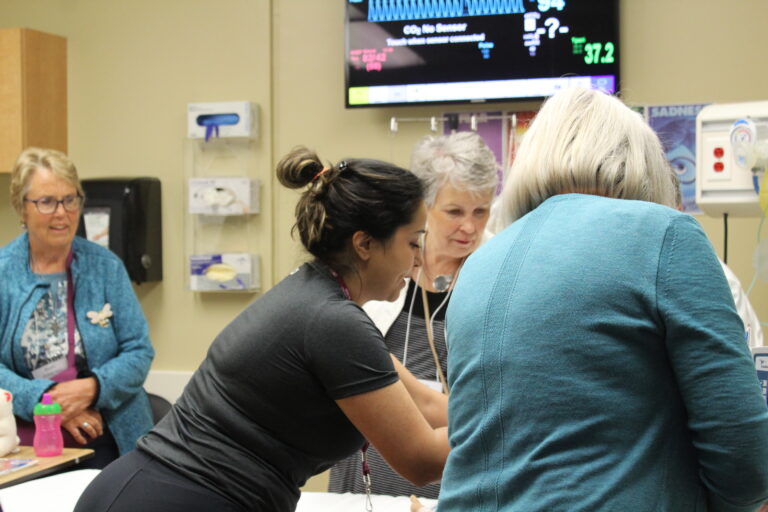Home

Assistant Dean, CSBL
Message from the Assistant Dean
Simulation is essential for training competent healthcare professionals. By recreating realistic clinical scenarios for the purpose of education, healthcare simulation allows learners to safely practice and translate their theoretical book knowledge into tangible bedside clinical skills without risking patient harm. Healthcare simulation has repeatedly been proven, in multiple healthcare professions, to significantly improve the attitudes, skills and behaviours of individuals and teams. This effectiveness has been widely recognized, as several healthcare profession training programs now mandate simulation-based education activities in their accredited curricula.
Book a CSBL Resource
After-hour or weekend bookings are possible with the presence of a faculty member.
Booking Resources Submit Request
Submit a service request for booking clinical rooms, equipment, theatre-based simulation, learning space or any general inquiry.
Standardized Patient Booking Submit Request
Request a standardized patient.
Student Practice Session Room Booking Submit Request
Students practice sessions can be booked in the CSBL Monday to Friday from 8 a.m. to 4 p.m.
Student-Initiated Teaching Sessions Learn More
Refer to the McMaster Medical Student Council website for further details.
Latest News

Healthy Simulation ➚
Virtual Resuscitation Rooms: Revolutionizing Low Cost Pediatric Emergency Training
News

Niagara Health ➚
Emergency pediatric resuscitation simulations resume for first time since pandemic
News

School of Nursing ➚
McMaster's School of Nursing graduating class of 1973 touring the CSBL during their 50th reunion
News


